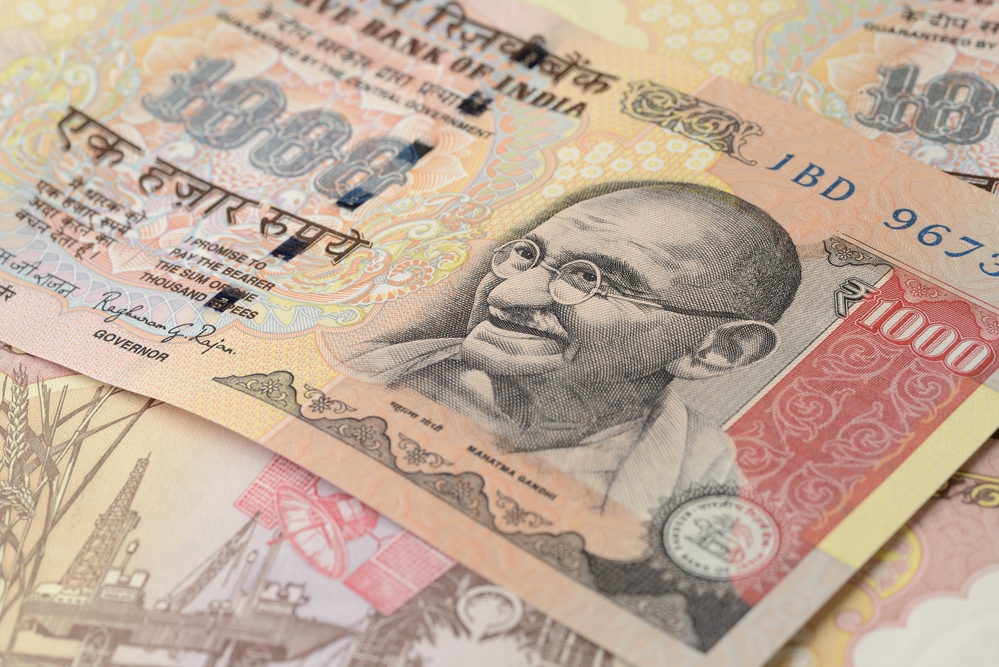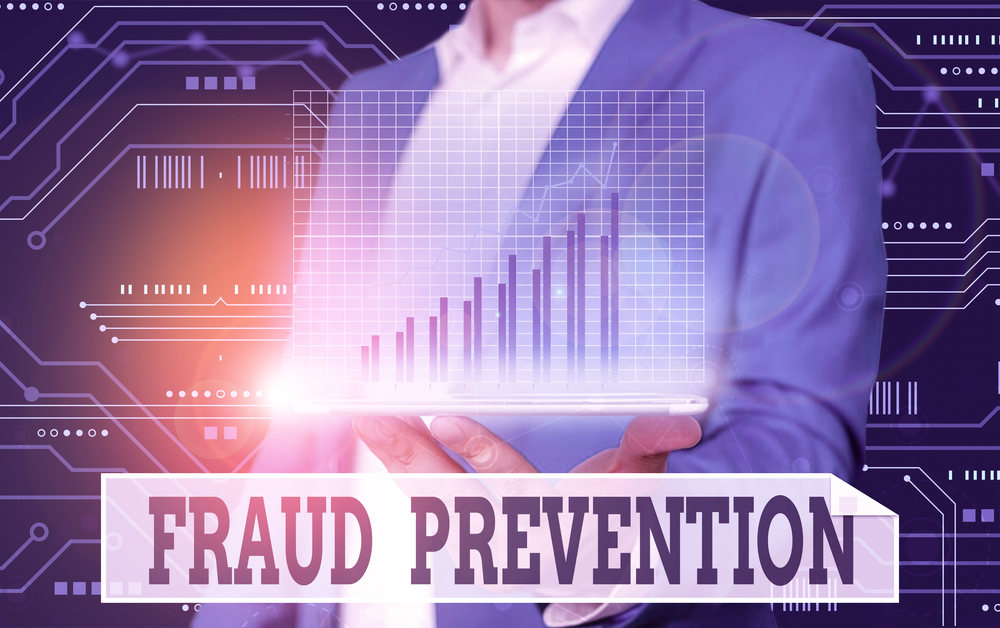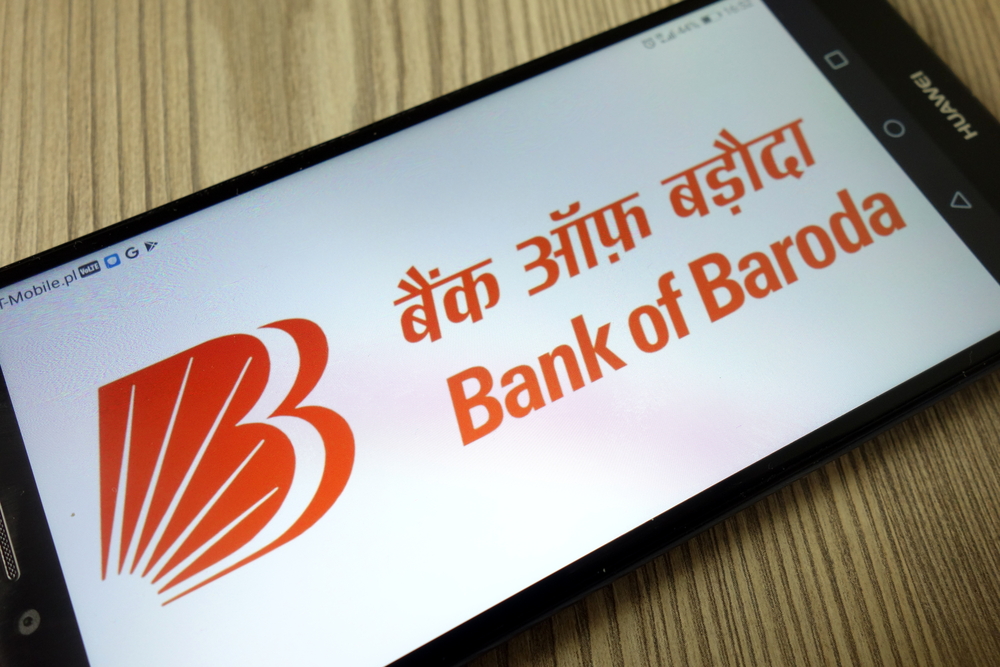Are Banks Taking A U-Turn On Digital Operations?
Banks will have to strike a strategic balance between physical and digital channels

The pandemic seems to have permanently altered certain socio-economic routines in life for most people. During the last nine months or so, most of the world worked remotely, studied remotely, socialised remotely and even parted remotely! 'Remote' can even become the 'word of the year' considering the amount of emphasis laid by organisations and individuals to remain safe, maintain social distance and identify ways to function remotely.
However, the point to ponder here is whether this change is permanent? Are we as a country and industry prepared to embrace this change? As we have seen in the unlock phase over the last few months, ways we do things are returning to near normal. Consider the banking industry. Is there a change in the way banking service is being offered today?
Banking in the lock-down phase
When the virus started spreading in India and strict lock-downs were enforced, the medical fraternity, law enforcement officers and government officials braved the lethal virus from the frontline. Banking, fintech and payment service providers worked silently behind the scene.
Banking was declared part of essential services, and bankers had to ensure payment systems were running. Customers had to be assured of access to banking services. Businesses had to be given access to their own funds and benefits or grants that governments offered them. ATM service providers faced logistic challenges following restricted vehicular movements during the lock-down. Call centres had longer waiting time as most employees worked remotely and lacked access to backend systems for resolving complaints. This period witnessed a spike in fund transfers through UPI and internet banking.
Banks and their service providers have business continuity and disaster management plans in place. However, none of these plans was prepared to face lock-downs across the world. During the lock-downs, business continuity management teams worked overtime alongside other departments such as IT, network and facility managers to enable WFH for most employees. Laptops, desktops, VPN, video conferencing paraphernalia, had to be provided quickly to those working from home. They had to be extra cautious since even small negligence or oversight could have led to a breach in the organisation's data and financial health and have far-reaching implications on the economy.
WFH was not a new concept to them. However, enabling WFH on a large scale definitely posed a challenge. Banks had to ensure that they had robust controls to limit data access, protect sensitive information and check for malicious or errant employees working from home.
Most internal functions of public sector banks like notes, approvals and sanctions are paper-based. In the aftermath of the lock-down, these activities got impacted, leading to delays. These banks have slowly adapted to virtual meetings, digital sanction of notes, and system-based approvals throughout the lock-down.
Banking in the current post-lockdown phase
Post lifting of the lock-downs, economic activity started returning to near-normal. To accelerate economic activity, government employees at administrative offices started reporting back to their offices. With the virus threat still looming large and the vaccine still taking time to reach the commoner, staff members continue to be infected and quarantined. But the back-office and support machinery has returned to near-normal.
Some banks have started using their digital platform on mobile apps to open accounts and sell small-ticket retail loans. Home loans are being disbursed through doorstep service or home loan branches since these require more documentation. Branches have started receiving many walk-in customers, though they still have to go through temperature screening, face mask and sanitiser formalities. The requirement for cash is still as high as ever, with cash transactions at ATMs and branches having reached 85% of their pre-COVID transaction volumes.
Digital is a long way off; Phygital is the future
In the last few years, banks in India have been driving digital banking and encouraging customers to avail services on their devices. Banks have shed their traditional mindset and tried to catch up with the nimble start-ups in the fintech space by either acquiring them fully or making significant investments in them. Some banks have been prowling the fintech by-lanes to identify potential game-changers or disruptors and partner with them. They have opened up access to their banking platforms through APIs and encouraged sandboxing of many promising applications made by start-ups. This enabled the banking channels to work well even during lock-downs.
However, a full-blooded alternate to brick and mortar banking is still a long way off. In a country like India, which is still primarily driven by cash, digital cannot outgrow the traditional setup; instead, they need to co-exist. Digital banks are far and few across the world today. A full-fledged digital bank is a distant dream in countries like India. The harsh reality is that we are not ready – infrastructure wise, economically or culturally to address this.
Instead of going digital, banks are slowly returning to the pre-COVID way of working except for video meetings and limited digitisation of internal approval formalities. Apart from UPI transactions increasing in numbers and small loans getting disbursed through apps, increase in digitisation remains limited.
Physical and digital channels will co-exist. Phygital is the way forward. In the days to come, banks will have to strike a strategic balance between them and ensure both channels work optimally.
The author is Senior Vice President (ATM Business) at FSS Technologies
DISCLAIMER: Views expressed are the authors' own, and Outlook Money does not necessarily subscribe to them. Outlook Money shall not be responsible for any damage caused to any person/organisation directly or indirectly.









